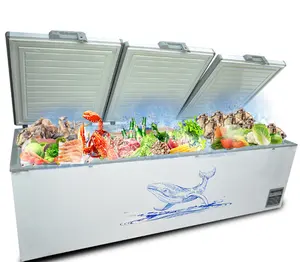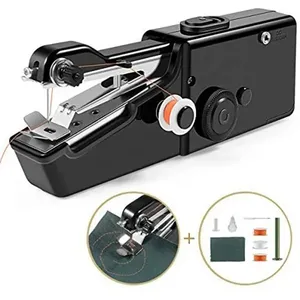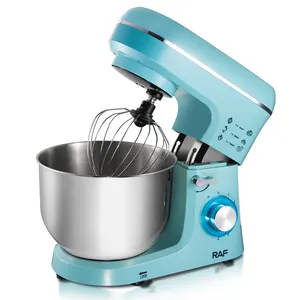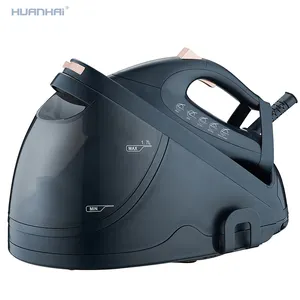Popular in your industry





























Top categories
About washer machine trap
Introduction
Laundry is a routine task in every household, but the significance of the washer machine trap in this process is often overlooked. This essential component is key to maintaining the efficiency of your washing machine and the health of your home's plumbing system. This article will delve into the importance of a washer machine trap, its various types, how to select the right one, and the benefits of a high-quality trap. We will also provide tips on installation and maintenance to ensure your laundry routine is as seamless and hassle-free as possible.
Understanding the Importance of a Washer Machine Trap
The lint trap in your washing machine is crucial in preventing your home's pipes and septic system from clogging with washing machine debris. Lint from your clothing, bedding, and towels, often composed of non-degradable particles, can accumulate and stick inside pipes, leading to wastewater backing up inside your home. The trap filters biodegradable material and other substances that won't break down in your septic system, such as fibers from polyester or nylon items, and even pet fur and hair.
Types of Washer Machine Traps: An Overview
The location of the lint trap can vary depending on the model and manufacturer of your washer. Some models have the trap on the top rim of the tub, while others have a trap inside the center agitator. Another common placement is a screen at the end of the drainage hose or near the water pump. Some newer washers don’t actually use a trap. Instead, these appliances rely on a pump to carry excess lint out of the machine. Front loading and high-efficiency appliances often have a pump rather than a lint trap.
How to Choose the Right Washer Machine Trap for Your Needs
Selecting the right washer machine trap depends on several factors. The cost of installation, space in your laundry room, and flooding prevention are key considerations. A standpipe connection is often the best choice, as it prevents flooding and dirty water return. However, a sink connection can also work if installed correctly. Always follow the manufacturer’s instructions for installing the drain hose. Incorrect installation can lead to drainage problems, error codes, flooding, and potential damage to your washer and home.
Benefits of a High-Quality Washer Machine Trap
A high-quality washer machine trap, also known as a washer tray, offers several benefits. It can catch minor spills from the washer, preventing potential water damage. Even in the absence of a drain connection, a washer tray can still mitigate the impact of a major leak. However, it's important to consider the aesthetics and space constraints of your laundry room. For a less obtrusive option, consider trays that match the footprint of your washer. Additionally, to prevent scratching the floor, consider using rubber feet or carpet discs under the washer's feet.
Installation Tips for Your Washer Machine Trap
Installing a washer machine trap is a crucial part of setting up your washing machine. It requires you to make the right drain connections. Your new washer should come with all necessary parts, usually stored in the drum of the machine. The drain hose, which is part of the washer machine trap, will come attached to your washing machine and should feed into either a nearby sink or a standpipe. The final step is leveling the unit so it does not 'walk' or bang when running a load of laundry.
Maintaining Your Washer Machine Trap: Best Practices
Maintaining your washer machine trap is crucial for efficient operation and better drainage. Remove the sticky layer of lint, detergent, and fabric softener from your washer lint trap at least every three months. This routine cleaning prevents clogs and reduces lint deposits on clothes. If your washer still has trouble draining or isn’t getting enough water, you may have a plumbing pressure issue. For high-efficiency washers, run an empty wash cycle once a month to flush excess lint from the self-cleaning pump filter. Regular checks for blockages help your washer function properly.
Conclusion
In conclusion, the washer machine trap is an essential component that can enhance your laundry routine. It not only prevents clogging of your home's pipes and septic system but also improves the efficiency of your washing machine. Choosing the right trap, installing it correctly, and maintaining it regularly are key to preventing potential damage to your washer and home. A high-quality washer machine trap can also offer additional benefits such as catching minor spills and preventing water damage. By understanding and implementing these insights, you can ensure a smooth, efficient, and hassle-free laundry experience.



































